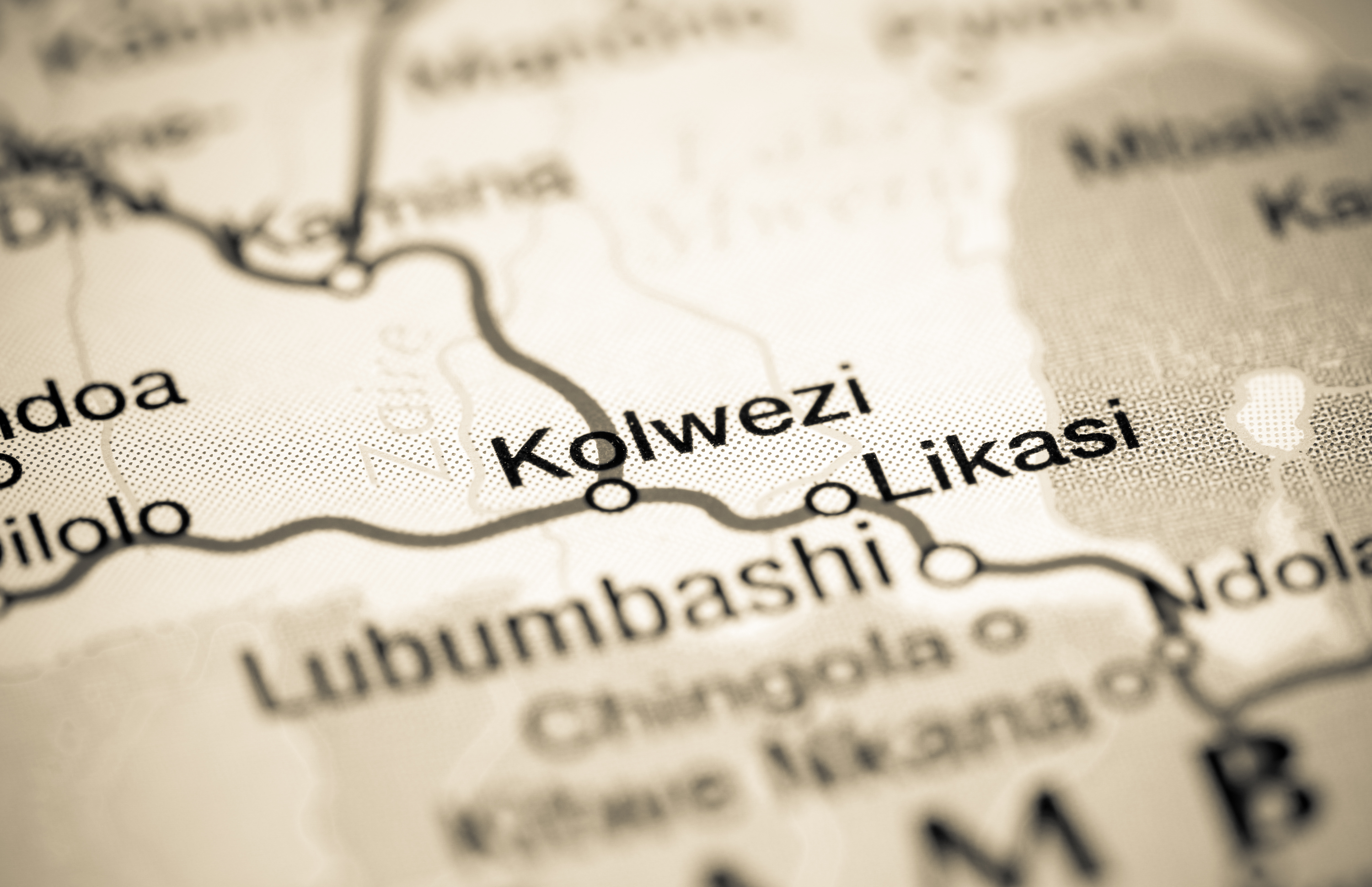Rebel group M23 block trade routes out of DRC
News Analysis

21
Mar
2024
Rebel group M23 block trade routes out of DRC
Trade routes for critical materials (including tantalum, tungsten, and tin) out of the DRC are at risk of being shut down.
Global tantalum consumption is dependent on tantalite concentrates exported from the Democratic Republic of Congo (DRC) and Rwanda. Tantalum and tungsten supply chains are being threatened by the potential for concentrates originating from the North Kivu region to be blocked, temporarily shut down, or directly funding military groups.
Over the past week, M23 rebels seized control of several towns surrounding the city of Goma. The DRC armed forces (FARDC) ordered the withdrawal of troops within the area, as the town of Vitshumbi, located on the shores of Lake Edward, is the latest town to fall to the rebels without resistance as residents had already fled.
The March 23 Movement, or M23, is a rebel military group formed in 2012 when nearly 300 soldiers, primarily former members of the National Congress for the Defence of the People (CNDP) which was integrated into the army in 2009, broke away from the Congolese army citing poor conditions.
Despite efforts by the FARDC and United Nations peacekeepers, M23's advance, particularly around Sake and Goma, remains difficult to contain. The ongoing conflict has displaced around 42,000 people since 2 February, posing a significant risk to the local workforce involved in artisanal and small-scale mining.
M23 launched an offensive on Goma in 2012, a major port city on the border between the DRC and Rwanda. In late 2023, the group resumed offensive actions towards Goma, threatening the vital town of Sake, which serves as a key hub for food and aid supplies delivered to Goma.
Materials classified as the 3TGs (tantalum, tin, tungsten, and gold) have been the centre of attention relating to ESG concerns as conflict minerals, which have historically been associated with funding military groups in the DRC and neighbouring countries in East Africa. Over half of the tantalum production in the DRC comes as a by-product of tin and tungsten mining, particularly from the North Kivu region through artisanal small mines (ASM).